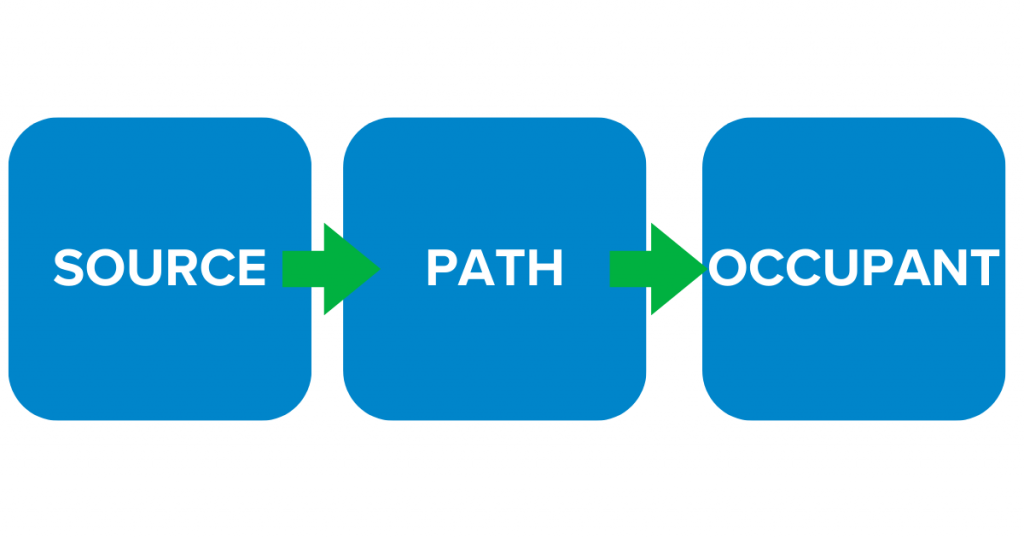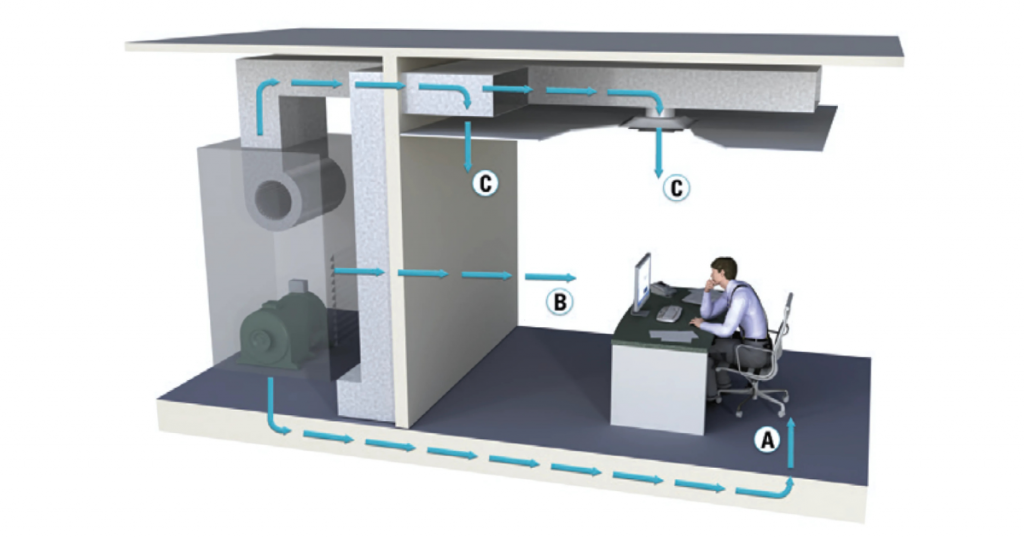Noise is described as unwanted or excessive sound. Whether it comes from HVAC systems, office equipment, or bustling environments, noise can significantly impact comfort and productivity. In many cases, noise ranks as the number one complaint in occupied spaces across various industries.
Consider the following findings:
- “…patients complain about noise two times more often than anything else in a hospital, including the food.” Fick and Vance, 2000
- “…what annoys diners the most, noise is the No.1 complaint nationally (27%), followed by service (24%)…” Zagat Dining Survey, 2013
- “…guest reviews for 5,683 hotels found that noise gained more negative mentions than other complaints.” ReviewPro, 2013
Understanding Noise Transmission
Noise is transmitted from a source, through a path, and eventually reaches the occupant (receiver). Effective noise control involves understanding and mitigating these three elements:

- Source: The origin of the noise, such as HVAC equipment, fans, or external traffic.
- Path: The medium through which noise travels, which can be airborne or structure-borne.
- Receiver: The end user, whether a building occupant, patient, or employee, who perceives the noise.
Consider the illustration below, where noise from the HVAC equipment (source) reaches the employee (receiver) via three different paths:

- Path A: Structure-borne path, where the vibration of the air handler passes through the floor.
- Path B: Airborne path, where noise from the equipment radiates directly to the receiver.
- Path C: Duct-borne path, where noise from the equipment radiates through the walls of the ductwork or passes through the supply/return ductwork into the occupied space.
Designing for Acoustic Comfort
To create spaces where occupants are satisfied and productive, all three components of noise transmission must be addressed. Noise control strategies include:
- Source Control: Selecting quieter HVAC equipment and ensuring proper maintenance.
- Path Mitigation: Incorporating sound-absorbing materials such as duct silencers and acoustic panels.
- Receiver Solutions: Designing layouts that minimize exposure to noise and providing sound masking where necessary.
Looking Ahead
Over the next couple of weeks, we’ll explore how you can design for acoustic comfort with Price Industries design tools and noise control products.
